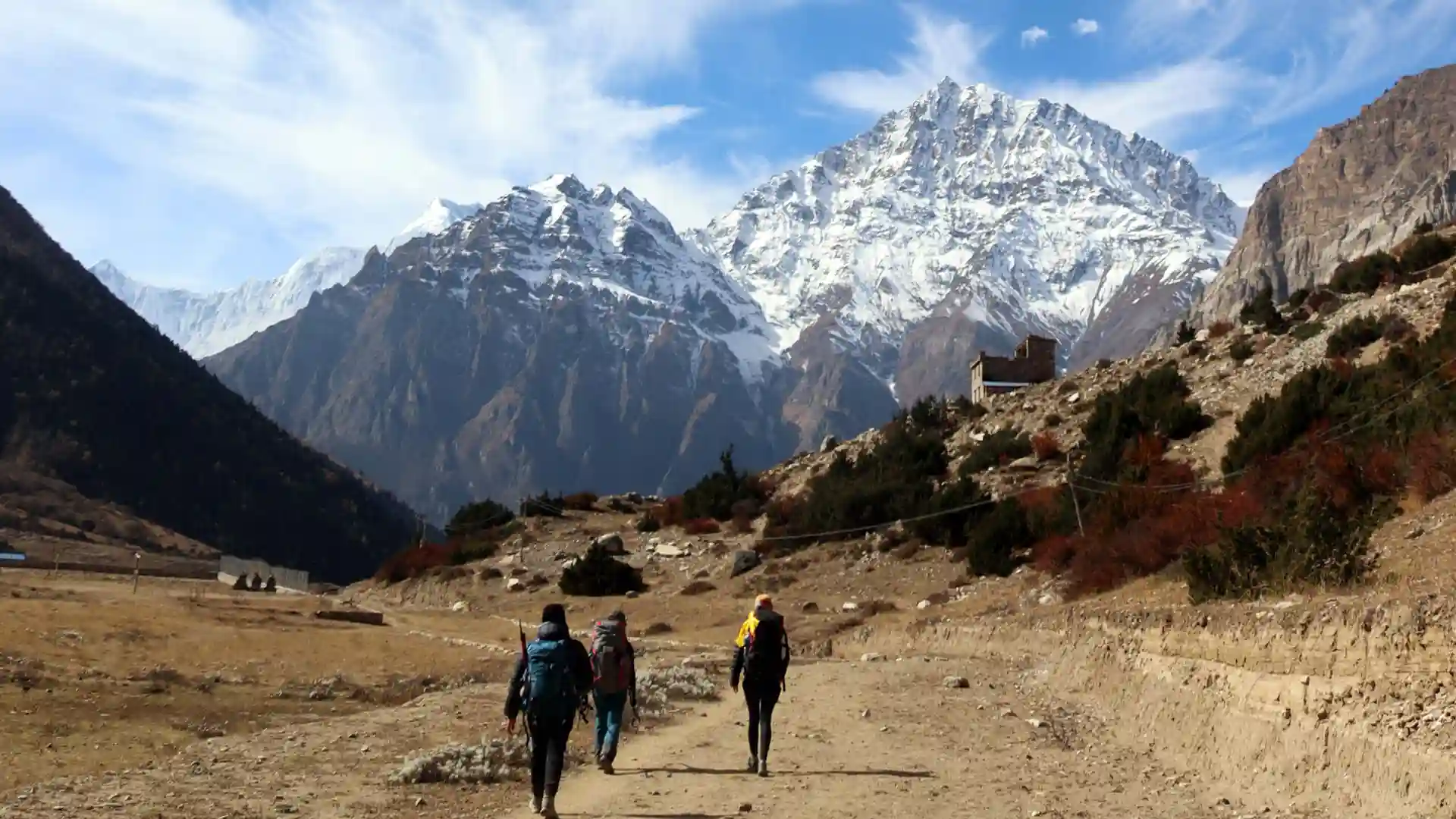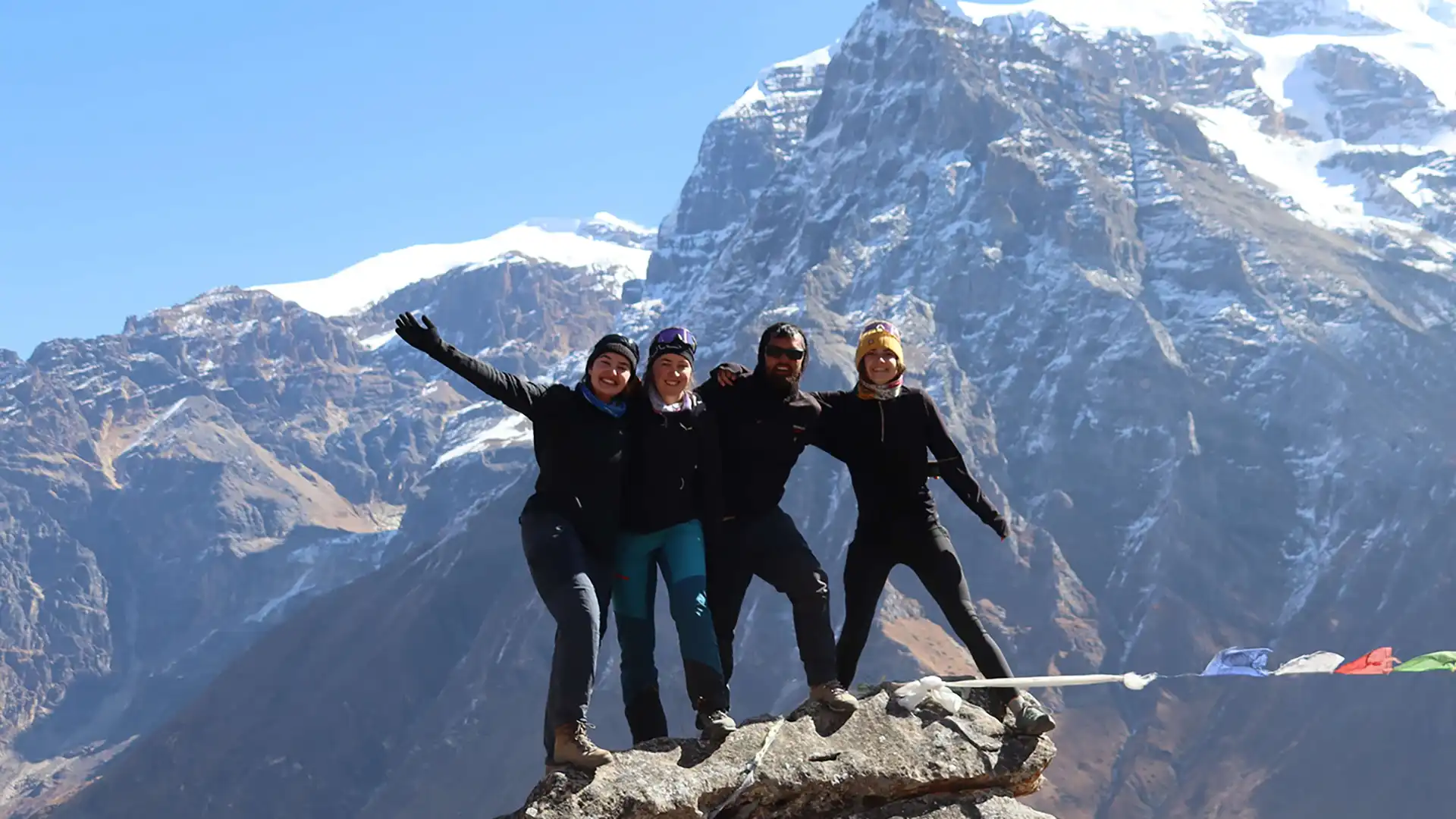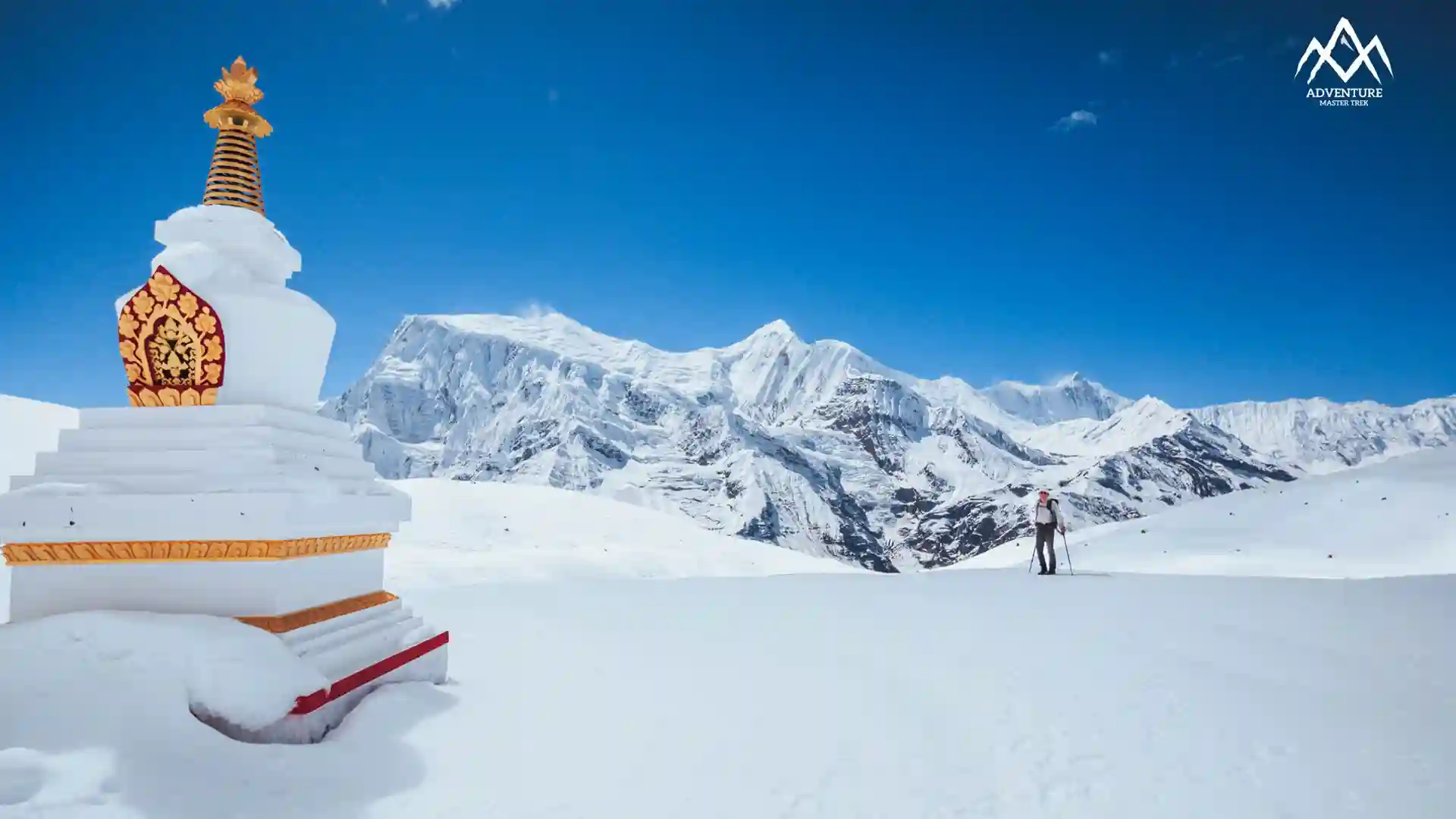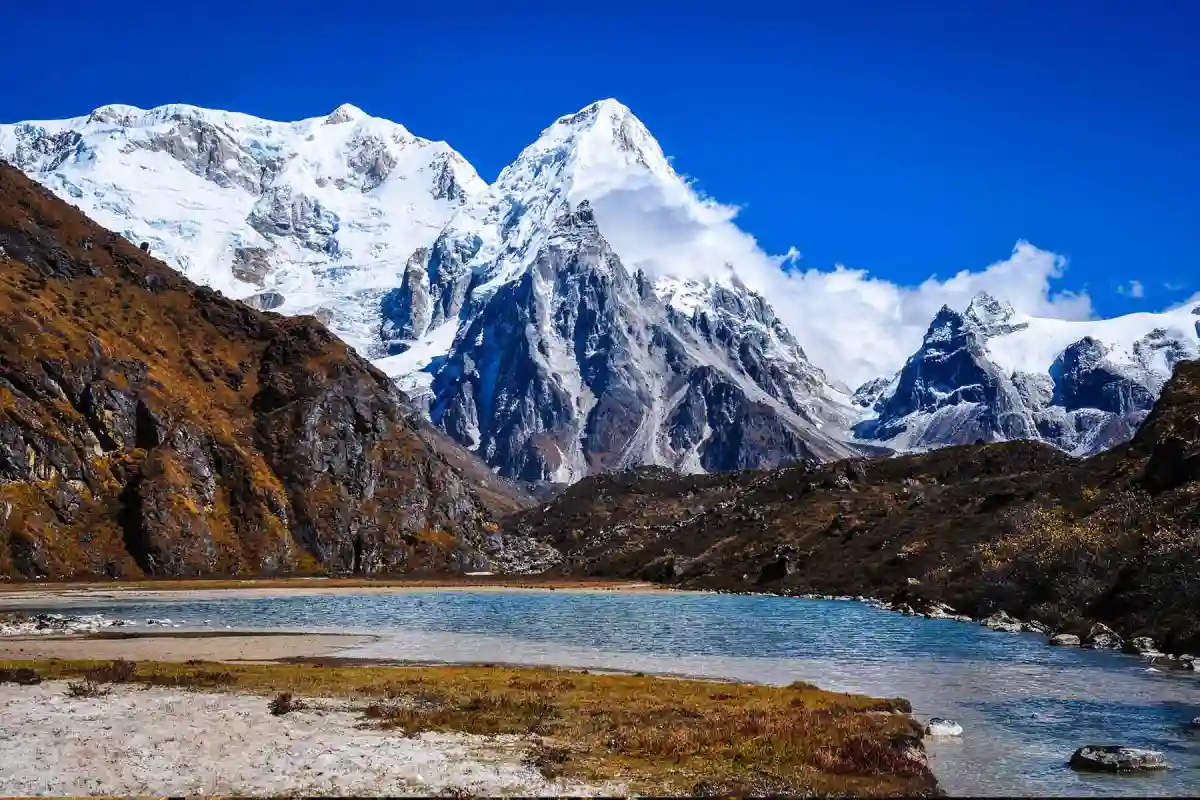which emphasize the cultural, historical, and natural interests of an area. The touring is less strenuous than trekking; hence, it is easier for many travellers, even though it remains quite engaging.
Cultural Immersion and Natural Beauty
While both trekking and touring offer unique peeks at the culture, trekking allows the visitor glimpses of life in the most remote regions of Nepal. You will have much more opportunity to interact with communities in their daily surroundings, quite a distance from the tourist areas.
Nepal Tours are more oriented towards historical and religious sites, thus being ideal for travelers who desire a glimpse into rich history and spiritual traditions. While trekking brings one into intimate closeness to nature, touring offers an experience of the wildlife, landscape, and adventure activities in Nepal selectively.
Safety and Sustainability
Nepal is a land of mystique, where towering mountains kiss the sky and ancient cultures thrive in harmony. From the thrill of trekking through rugged landscapes to the immersive experience of touring cities and temples, there’s an assortment of wonders for anyone traveling to Nepal. From the adrenaline heights of the Himalayas to the serene lakes of Pokhara, to decide on how to experience this magical country can almost be a burden. Herein, we shall discuss some of the main differences between trekking and touring to help point you in the right direction for your perfect adventure on your journey.

Trekking in Nepal: Journey into the Wilderness
Nepal trekking is not a journey of distance but one of discovery-nature and soul. Trekking in Nepal is the most immersive way to explore the country’s untouched beauty. It is about walking trails that have existed for centuries, cradled by the mightiness of the Himalayan giants, while every step taken brings one closer to the rhythm of the mountains and the heartbeat of Nepal’s wilderness.
Trekking Routes: Challenge and Reward
Trekking routes in Nepal boast many variations for every level of trekkers, from the novice to the experienced adventurer. The Everest Base Camp Trek is found in many lists of things one wants to do before they die due to the exciting challenge it offers with close touch and contact with Sherpa culture. On the Annapurna Circuit, you will journey through different topography -from subtropical forests to high-altitude desert. The less crowded Langtang Valley with breathtaking views is a trekking paradise really overlooked by anyone opting for Nepal.
During your trek in Nepal, not only will you see the snow-capped peaks but also get a chance to get close enough with local people. Warmth from Sherpas, Gurungs, and Tamangs leaves a certain mark on your heart, turning your journey into more than just a physical challenge-it becomes an unforgettable plunge into culture.
Seasons and Weather: When to Go?
Weather and seasons are very important in order to plan your trek. The major trekking season in Nepal falls in the autumn from September to November and spring from March to May. During these periods, the weather is clear, the skies are generally cloudless, and a temperate temperature prevails, giving a fantastic view of the Himalayas. Generally, June, July, and August are monsoon months during which the trek routes are slippery and hazardous in the lower regions. Winter brings snow to the highest points, and it might get cold at such an altitude.

Preparation: Fitness and Acclimatization
It should be remembered that trekking in Nepal is very different from strapping on a pair of boots and off into the sunset. A lot of physical preparation, especially for longer and higher elevation treks, is necessary. The days of walking through rugged terrain can be demanding, and you will have to build up your endurance. In addition, there is the risk of altitude sickness, which dictates that you acclimatize to the altitudes gradually. With that said, time should be built into a trekker’s schedule so that they gradually adjust to higher altitudes, frequently taking rest days and staying hydrated as a simple way to avoid complications.
It can be as easy as staying in cozy tea houses along the route-a necessary part of enjoying the local food and company-or as isolated as camping treks, where self-sufficiency is the name of the game. Know what kind of adventure you seek, rustic or rugged, and that will help you prepare accordingly.
Touring in Nepal: Explore the Cultural Heart
If high mountain passes do not impress you enough, touring Nepal is another way to spend more orderly yet vibrant time. Touring in Nepal also means plunging into the abundance of the country’s history, sacred sites, and natural beauty sans the strain of multi-day hikes. From the ancient temples of Kathmandu Valley to the jungles teeming with wildlife at Chitwan National Park, there’s something for every type of traveler.
Cultural and Historical Treasures
Nepal has been nominated a living museum of UNESCO World Heritage Sites only if we talk about the Kathmandu Valley. Pashupatinath Temple and the Swayambhunath Stupa commonly known as the Monkey Temple are the highlights of Nepal but they also give an insight into Nepal’s deep spiritual roots. Bhaktapur Durbar Square is a splendor of Newari architecture; every alley holds a secret that could be told.
A visit to Lumbini-a city in southern Nepal declared the birthplace of Lord Buddha-became an absolute must for the history enthusiast. One can go and see the ruins of ancient monasteries, and modern-day stupas, and be a part of the serene and sacred atmosphere of this place of pilgrimage.

Nature and Wildlife Adventures
Touring doesn’t mean you miss out on the natural wonders of Nepal. You can still visit the Natural marvels of Nepal while touring. In Chitwan National Park, you have the chance to see Bengal tigers and rhinos as well as over 500 species of birds in their right elements. A safari jungle activity in the thick forest of the park is an extraordinary way to explore the voluminous ecosystem of Nepal.
Meanwhile, Pokhara has become a resort for extreme sports. The calm waters of Phewa Lake reflect Machapuchare-the majestic Fishtail Mountain-made perfect for boating, while the skies are dotted with paragliders looking for an adrenaline fix.
Trekking vs. Touring: Which Is Right for You?
If one is in a dilemma to choose between trekking and touring, it all depends on one’s goals and preferences for travel. While trekking does require physical fitness and a love for the outdoors, touring provides for a softer, more accessible means of taking in the sights-without giving way on experiences of the beauty and culture of Nepal.
Physical and Mental Demands
Needless to say, trekking is way more physically demanding; usually, it takes stamina, resilience, and a touch of the adventurous spirit. Trails can be long and challenging, but the payoff in terms of accomplishment and personal connection to Nepal’s wilds is second to none.
On the other hand, touring is meant for tourists who have relatively lower energy levels or who are travelling at a leisurely pace. It, therefore, becomes ideal for those who would prefer guided, and often pre-structured, programsWhether it is trekking or touring, safety should always come first. Trekking entails hazards of altitude, weather conditions, and physical exertion, while in touring, generally there is little risk; it must be planned with care, however, with regards to health and ecological impact. Sustainable tourism practices are critically needed, whether one treks through a pristine trail or tours a culturally important site, for Nepal to remain a stunning destination well into the future.

Conclusion: Find Your Nepal
Whether it is the grueling battle with the mighty Himalayas or the history-filled, wildlife experiences of Nepal’s cities and jungles that you’re looking for, both trekking and touring offer unique and unforgettable experiences. Your choice will, of course, depend upon your goals, your fitness level, and the kind of adventure you gun for. Since Nepal has much in store for everyone, it doesn’t matter which path you choose.

